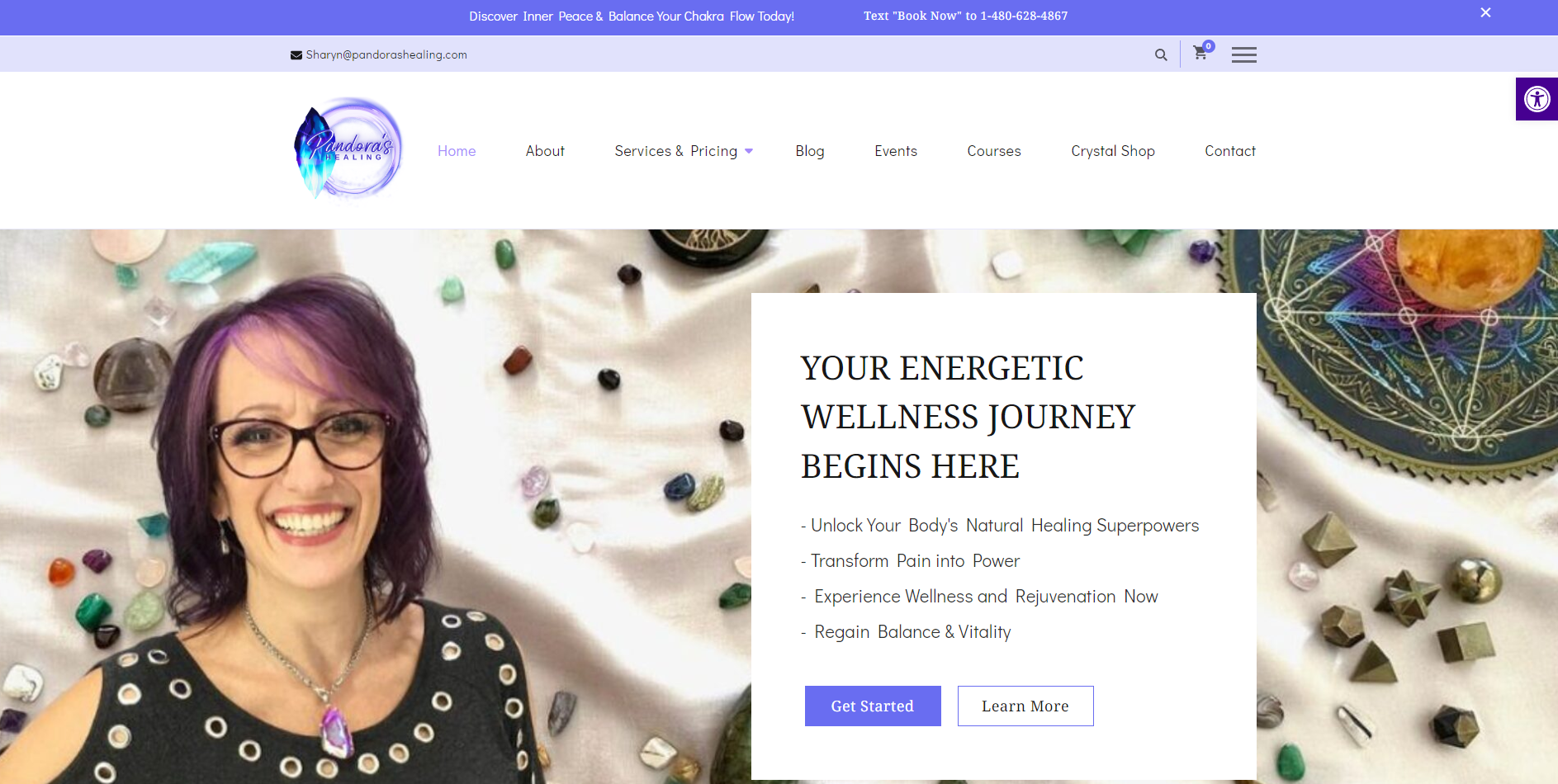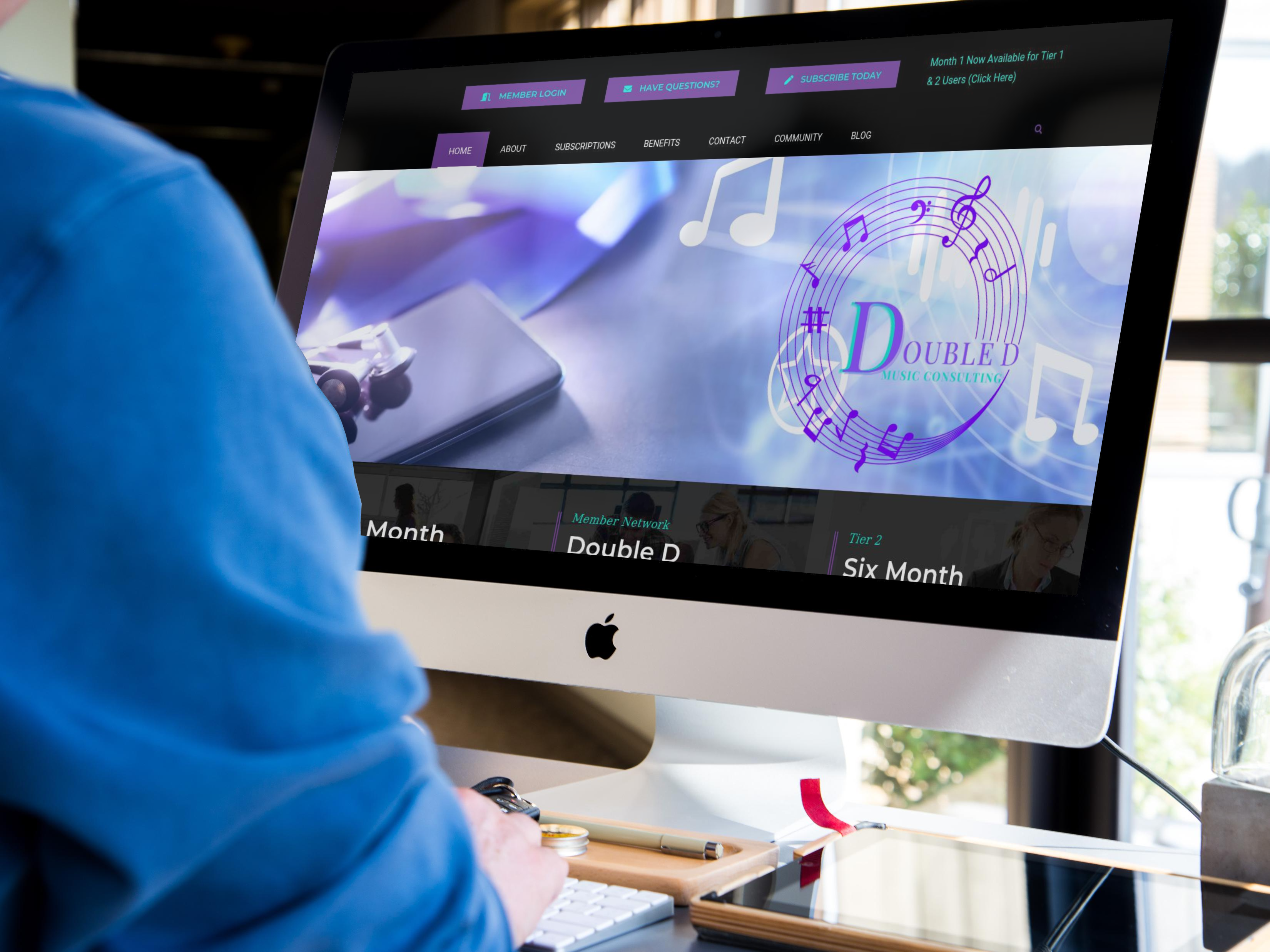While the COVID-19 crisis has ushered in an array of unsettling changes, one outcome has been touted as overwhelmingly positive and long overdue: the shift to remote work.

Freed from the burden of commuting to an office, employees are more productive and have more time to manage family obligations, or so the thinking goes. But in a world where domestic duties typically fall to moms—as the pandemic has made painfully obvious—does working from home really leave mothers and fathers on equal footing? Not even close, according to the results of a new survey from theBoardlist and Qualtrics.
Men and women have vastly different takes on how working from home has impacted their careers. The poll surveyed 1,051 US adults between the ages of 18 and 65, including 685 respondents with children. Almost half of men (42 percent) believed that working from home for an extended period of time would have a positive affect on their career progression, but only 15 percent of women said the same. Nearly half (49 percent) of female respondents believed it wouldn’t have an impact either way, versus 20 percent for men. Twice as many women as men believed it could have a somewhat or extremely negative impact on their careers (19 percent vs. 9 percent, respectively).
A deeper dive into the data proves that women are right to be wary of remote work: Over one-third of men with children at home (34 percent) say they’ve received a promotion while working remotely, while only 9 percent of women with children at home say the same. On a similar note, 26 percent of men with children at home say they’ve received a pay raise while working remotely, while only 13 percent of similarly situated women say the same. Dads were also far more likely than moms to have taken on additional leadership, been given responsibility for important projects, to have received praise or recognition inside the company and to have received a positive formal review while working remotely.
“Because women often earn less than their male partners, women more often choose to leave their careers at the height of their advancement and earning power in order to raise children and keep their households running. The hardest part of that equation is that employers often judge female employees as less dedicated to their jobs as a result when often it is the farthest thing from the truth,” said Shannon Gordon, CEO of theBoardlist.
Other recent studies confirm that moms have scaled back their working hours lately. A study published in the academic journal Gender, Work & Organization revealed that mothers have reduced their work hours four to five times more than fathers in heterosexual couples where both the mother and father were continuously employed and have children under 13, reports The New York Times.
Even when we are working, it’s not always easy to focus. Dads are also far more likely to say they’ve been more productive working from home (77 percent) compared to 46 of moms who say the same, according to the survey from theBoardlist and Qualtrics. Similarly, an English study found that dads get twice as much uninterrupted work time during the day (5.1 hours) compared to moms (at 2.6). Nearly half (47 percent) of moms’ paid work hours are split between work and other distractions.
You can probably guess just what those “distractions” are: making lunch, dispensing snacks, helping with school assignments, putting away dishes… the list is infinite. And while research shows men are pitching in more around the house during the pandemic, there’s simply too much work to be done without the army of caretakers and teachers parents typically rely on. Working moms simply don’t have time for it all. Something has to give, and too often the answer is paid work. A recent analysis by the Center for American Progress, analyzing data collected in the US Census Bureau’s Household Pulse Survey, found that three times as many out-of-work Millennial moms (defined as those born between 1981 and 1996) cited school or childcare closures as the main reason they weren’t working right now, compared to only 11 percent of Millennial dads who said it was why they weren’t working.
Experts have long hoped that remote work would lead to a more diverse workforce, and there are good reasons to believe they’re right. “If someone can work remotely for their position, that removes one financial barrier to entry by eliminating relocation fees and paying for housing in a more expensive city. It also creates geographic diversity by opening up an entirely new pool of talent because the candidate can be located anywhere,” said Manon DeFelice, the founder and CEO of Inkwell, in an op-ed for Working Mother.
But this most recent survey seems to confirm what economists have feared: that the pandemic could have a long-lasting negative impact on women’s advancement in the workforce, and working from home might not be a panacea for our problems, after all. “Our study findings would indicate that women are cognizant that their careers could be impacted more than men if they were to work from home often,” Gordon says. “This discrepancy should be a red flag for employers.”
Written by Audrey Goodson Kingo for Working Mother and legally licensed through the Matcha publisher network. Please direct all licensing questions to legal@getmatcha.com.


















